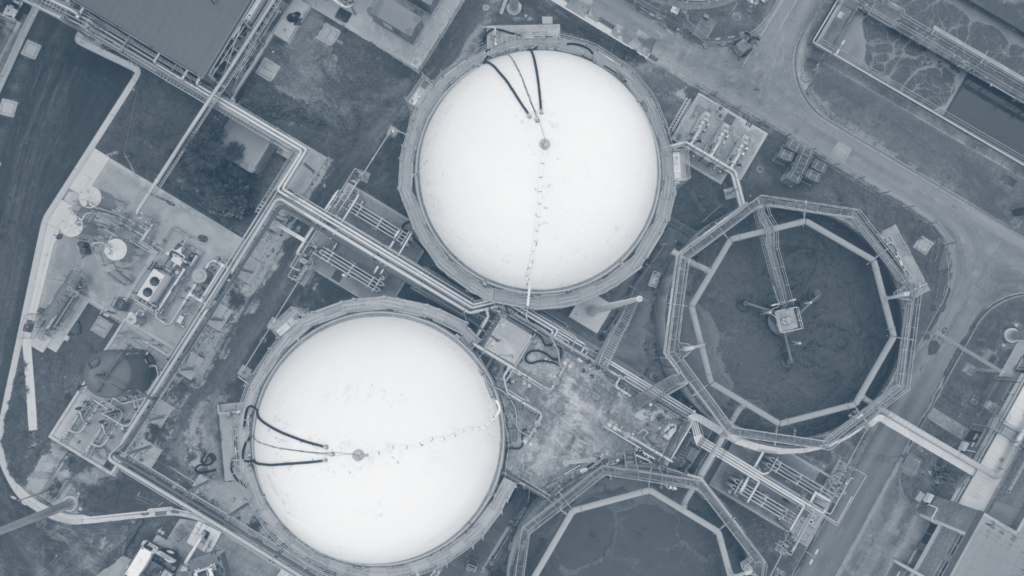Anaerobic Digestion.
From waste to a valuable resource, discover how our state of the art Anaerobic Digestion technologies can transform your energy and waste systems.
Anaerobic digestion is a natural biological process that occurs in the absence of oxygen, during which microorganisms break down organic materials, such as food waste, agricultural residues, and sewage sludge, to produce biogas and nutrient-rich digestate. This process takes place in a controlled environment, typically within anaerobic digesters. As organic matter decomposes, complex organic compounds are broken down into simpler molecules by a consortium of microorganisms, including bacteria and archaea.







